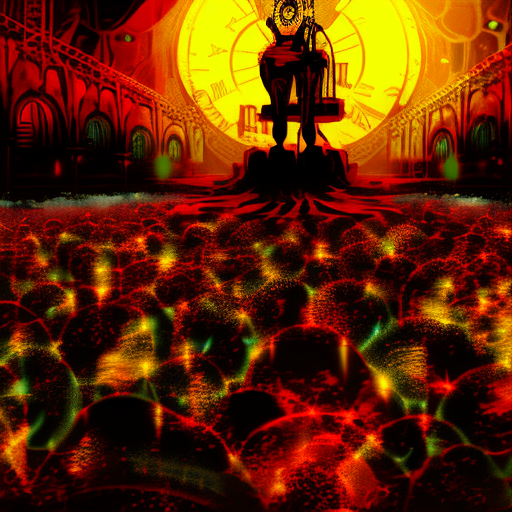Summary:
In “The Time Machine,” H.G. Wells takes readers on a thrilling journey through time, exploring the possibilities and consequences of time travel. The protagonist, known simply as the Time Traveller, invents a machine that allows him to travel to the future, where he encounters two distinct societies: the Eloi and the Morlocks. Through his experiences, the Time Traveller witnesses the degeneration of humanity and reflects on the nature of progress and the dangers of social inequality. In “The Invisible Man,” Wells tells the story of Griffin, a scientist who discovers the secret to invisibility but struggles to cope with the consequences of his newfound power. As Griffin’s invisibility drives him to madness, he becomes a symbol of the dangers of unchecked scientific progress and the isolation it can bring.
The Time Machine:
The Time Traveller, a brilliant inventor, constructs a time machine that allows him to travel through time. Eager to explore the future, he embarks on a journey that takes him to the year 802,701 AD. There, he encounters two distinct societies: the Eloi and the Morlocks. The Eloi, small and frail, live a carefree existence aboveground, while the Morlocks, pale and brutish, dwell underground and only emerge at night.
As the Time Traveller delves deeper into this future world, he discovers that the Eloi are the descendants of the upper class, living in a seemingly utopian society. However, he soon realizes that the Eloi have become weak and feeble-minded, lacking curiosity and ambition. The Morlocks, on the other hand, have evolved into a subterranean species that preys on the Eloi, sustaining themselves on their flesh.
The Time Traveller’s encounters with the Eloi and the Morlocks prompt him to reflect on the nature of progress and the dangers of social inequality. He realizes that the Eloi’s idleness and lack of challenges have led to their degeneration, while the Morlocks’ labor and harsh living conditions have shaped them into a predatory species. This stark division between the two societies serves as a cautionary tale about the potential consequences of societal imbalance and the importance of striving for a balanced and equitable future.
The Invisible Man:
“The Invisible Man” follows the story of Griffin, a brilliant but socially isolated scientist who discovers the secret to invisibility. Driven by his desire for power and dominance, Griffin experiments on himself and successfully renders his body invisible. However, he soon realizes that his newfound invisibility comes at a great cost.
As Griffin navigates the world unseen, he becomes increasingly detached from society. The invisibility that once seemed like a triumph becomes a curse, as he struggles to find a way to reverse the process. The isolation and alienation he experiences lead him down a path of madness and violence, as he becomes consumed by his own power and the fear of being discovered.
Wells uses Griffin’s story to explore the dangers of unchecked scientific progress and the potential consequences of tampering with the natural order of things. Griffin’s invisibility serves as a metaphor for the isolation and disconnect that can arise from pursuing knowledge without considering the ethical implications. It serves as a reminder that scientific advancements must be accompanied by a sense of responsibility and an understanding of the potential consequences they may bring.
Key Takeaways:
- Progress and advancement can have unintended consequences.
- Social inequality can lead to the degeneration of society.
- Scientific progress must be accompanied by ethical considerations.
“The Time Machine” and “The Invisible Man” delve into the themes of progress, social inequality, and the dangers of unchecked scientific advancement, reminding readers of the importance of balance, responsibility, and empathy in shaping a better future.












